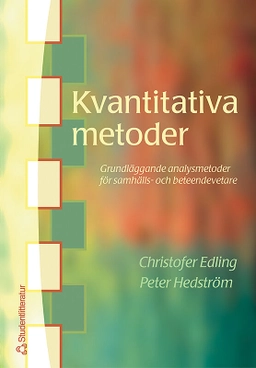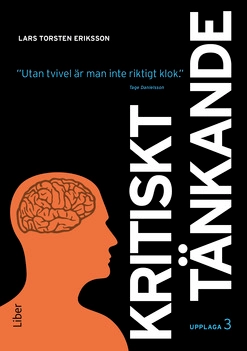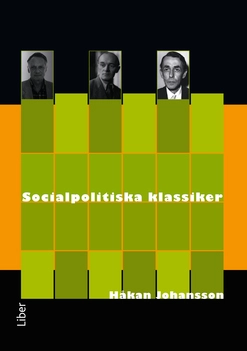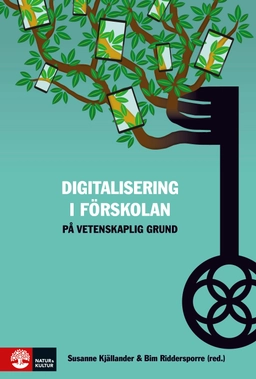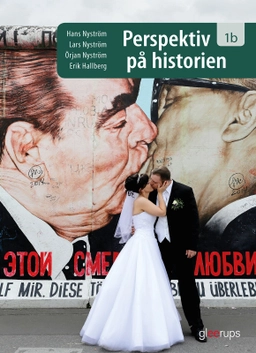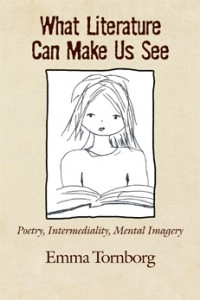

What Literature Can Make Us See: Poetry, Intermediality, Mental ImageryUpplaga 1
- Upplaga: 1a upplagan
- Utgiven: 2014
- ISBN: 9789186980634
- Sidor: 160 st
- Förlag: Bokbox förlag
- Format: Häftad
- Språk: Engelska
Om boken
Åtkomstkoder och digitalt tilläggsmaterial garanteras inte med begagnade böcker
Mer om What Literature Can Make Us See: Poetry, Intermediality, Mental Imagery (2014)
I oktober 2014 släpptes boken What Literature Can Make Us See: Poetry, Intermediality, Mental Imagery skriven av Emma Tornborg. Det är den 1a upplagan av kursboken. Den är skriven på engelska och består av 160 sidor djupgående information om litteraturvetenskap. Förlaget bakom boken är Bokbox förlag.
Köp boken What Literature Can Make Us See: Poetry, Intermediality, Mental Imagery på Studentapan och spara pengar.
Tillhör kategorierna
Referera till What Literature Can Make Us See: Poetry, Intermediality, Mental Imagery (Upplaga 1)
Harvard
Oxford
APA
Vancouver



